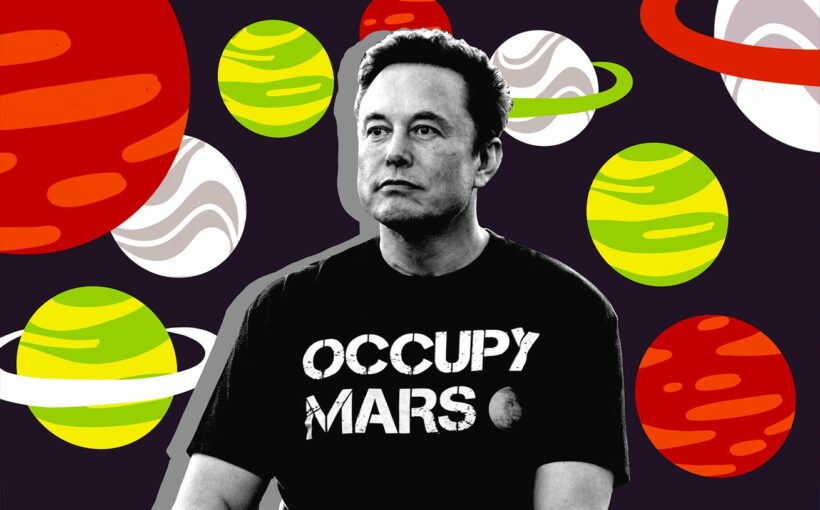GUIANA SPACE CENTRE, French Guiana — Arcing away from the coastal periphery of the Amazon rainforest at 4 p.m. local time, Europe’s Ariane 6 rocket launched today on its first — heavily delayed — mission to space.
While the European Space Agency will only be able to declare the launch a success after more than an hour of flight, clearing the 450 seconds until the first boost of the cryogenic upper stage Vinci engine marks a critical early milestone.
Until that point, engineers could terminate the mission should the rocket deviate from its planned trajectory. After that, the rocket will continue its test mission of deploying a series of research spacecraft.
A successful Ariane 6 launch after four years of delay will finally offer Europe the means to get its satellites into space without paying the likes of Elon Musk’s SpaceX.
The Ariane 6 system has a reignitable upper stage so it can deploy one payload and then place a second in another orbit. That means a second boost of the Vinci engine at around an hour of flight is another vital point in the test.
A third boost after two-and-half-hours of flight to put the upper stage on a trajectory for reentry would signal a successful first test flight, though it will take days for engineers to run through the data.
Should the launch be validated as a success, then a maiden commercial mission carrying a French spy satellite is set for December.


